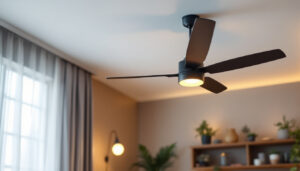
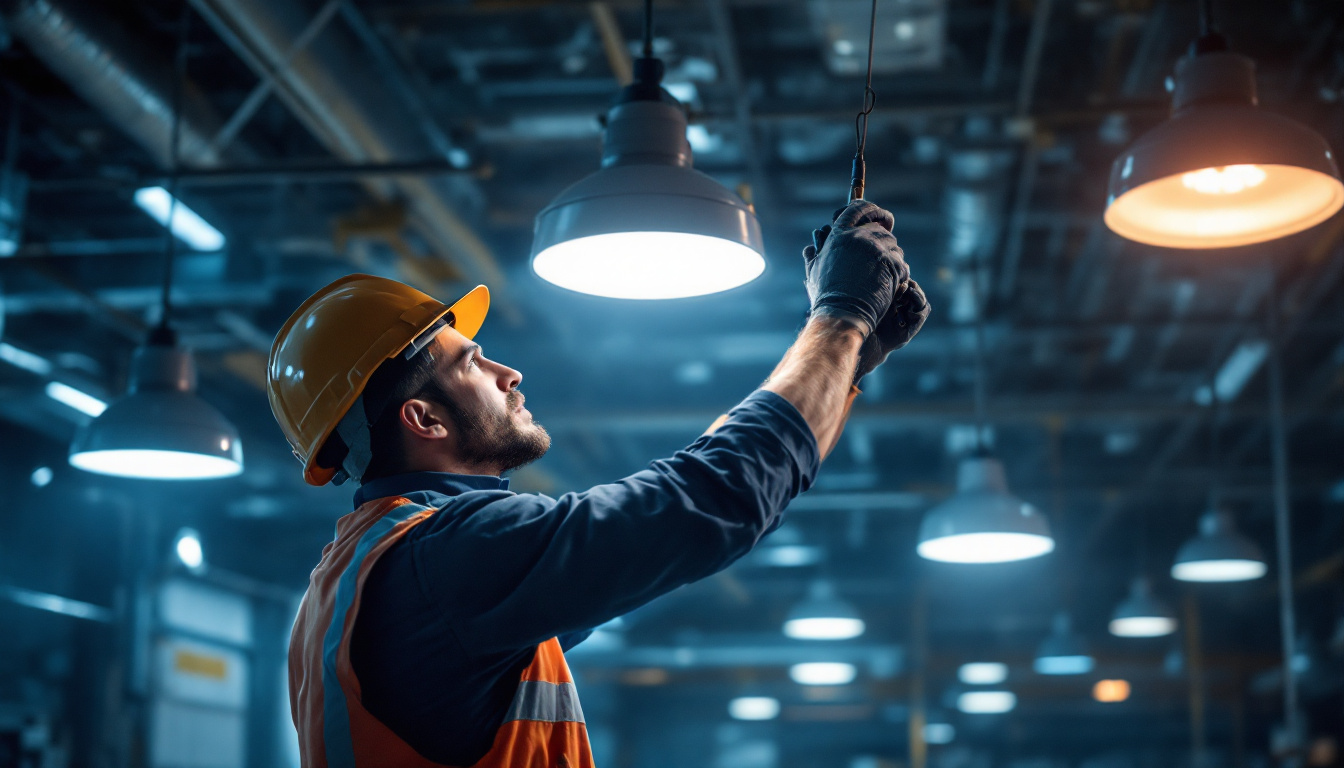
low bay industrial LED lighting has become a staple in modern warehouses, factories, and retail spaces. For lighting contractors, understanding the nuances of these lighting solutions is essential for delivering optimal results to clients. This article aims to simplify the complexities surrounding low bay industrial LED lighting, offering insights that can enhance project execution and client satisfaction.
Low bay lighting is designed for spaces with a ceiling height of 15 feet or less. This type of lighting is crucial in environments where visibility and safety are paramount. Unlike high bay lighting, which is employed in taller spaces, low bay fixtures provide adequate illumination without excessive energy consumption. The design of low bay lights allows them to be installed in a variety of configurations, ensuring that they can meet the specific lighting needs of different spaces effectively.
Low bay lights typically feature a wide beam angle, allowing for even light distribution across the workspace. This characteristic is vital in industrial settings where shadows can create hazards. Additionally, LED technology has revolutionized low bay lighting by offering longer lifespans and greater energy efficiency compared to traditional lighting options. The durability of LED fixtures means they require less frequent replacement, reducing maintenance costs and downtime. Furthermore, many low bay lights now come equipped with smart technology, enabling features such as motion sensing and dimming capabilities, which can further enhance energy savings and adaptability in various applications.
Low bay industrial LED lighting is versatile and can be utilized in a variety of settings. Warehouses benefit from bright, uniform lighting that enhances productivity and safety. Retail environments utilize low bay fixtures to create inviting atmospheres while ensuring products are well-lit. Manufacturing facilities rely on these lights to maintain visibility during intricate assembly processes. In addition to these applications, low bay lighting is also commonly found in gymnasiums and recreational centers, where it provides ample illumination for sports activities while minimizing glare. Educational institutions, such as schools and universities, also utilize low bay lights in hallways and classrooms, ensuring that students and staff can navigate safely and comfortably in well-lit environments. The adaptability of low bay lighting makes it an essential component in both commercial and industrial design, contributing to the overall functionality and aesthetic of the space.
The transition to LED technology has transformed low bay lighting solutions. For lighting contractors, understanding these benefits is crucial in making informed recommendations to clients.
One of the most significant advantages of LED low bay lighting is its energy efficiency. LEDs consume significantly less power than traditional incandescent or fluorescent lights, which translates to lower electricity bills for clients. This efficiency is particularly beneficial in large industrial settings where lighting can account for a substantial portion of energy costs. Furthermore, the reduced energy consumption contributes to a smaller carbon footprint, aligning with sustainability goals that many businesses are now prioritizing. As organizations increasingly seek to enhance their environmental responsibility, recommending LED solutions can position contractors as forward-thinking and eco-conscious partners.
LED fixtures boast a lifespan that can exceed 50,000 hours, reducing the need for frequent replacements. This longevity minimizes maintenance costs and downtime, making LED solutions an attractive option for businesses looking to streamline operations. For contractors, this means fewer service calls and increased customer satisfaction. Additionally, the durability of LED lights means they are less susceptible to breakage and damage, which is particularly advantageous in high-traffic areas or harsh environments. This resilience not only enhances the reliability of lighting systems but also fosters trust between contractors and their clients, as businesses can depend on consistent performance over time.
LEDs provide high-quality light that enhances visibility and reduces eye strain. With options for adjustable color temperatures, contractors can tailor lighting solutions to meet specific client needs. Whether a warm light is required for a retail space or a cooler tone for a manufacturing facility, LED technology offers flexibility that traditional lighting cannot match. Moreover, the ability to dim LEDs allows for further customization, enabling businesses to create the perfect ambiance for various activities. This adaptability is particularly valuable in multi-use spaces, where lighting requirements may shift throughout the day. By leveraging the versatility of LED technology, contractors can help clients optimize their environments for productivity and comfort, ultimately leading to a more enjoyable experience for employees and customers alike.
Selecting the appropriate low bay LED fixture involves several considerations. For lighting contractors, understanding these factors can lead to more effective installations and satisfied clients.
Low bay LED fixtures come in various styles, including linear, round, and UFO designs. Each type has its advantages depending on the application. Linear fixtures are ideal for long aisles in warehouses, while UFO fixtures provide a sleek, modern look suitable for retail environments. Understanding the specific needs of the space will guide the selection process. Additionally, some fixtures are designed with specific optics to enhance light distribution, which can be particularly beneficial in spaces with high ceilings or irregular layouts. It’s important to evaluate the ceiling height and the intended use of the area to ensure optimal light coverage and performance.
When choosing a low bay LED fixture, it is crucial to consider wattage and lumen output. The lumen output indicates the brightness of the light, while wattage refers to energy consumption. Contractors should aim for a balance between adequate illumination and energy efficiency. A lighting layout plan can help determine the appropriate wattage and fixture placement. Moreover, considering the color temperature of the LEDs is essential, as it affects the ambiance of the space. Warmer color temperatures (around 3000K) create a cozy atmosphere, making them suitable for retail or hospitality environments, while cooler temperatures (5000K and above) are more energizing and are often preferred in industrial settings where visibility is paramount.
Modern low bay LED fixtures often come with advanced control options, such as dimming capabilities and motion sensors. These features enhance energy savings and improve user experience. Contractors should discuss these options with clients to determine which features align with their operational needs and budget. Furthermore, integrating smart technology can provide additional benefits, such as remote monitoring and control via smartphone apps, allowing for real-time adjustments based on occupancy or time of day. This not only maximizes energy efficiency but also extends the lifespan of the fixtures by reducing unnecessary usage. As the demand for sustainable and intelligent lighting solutions grows, educating clients about these advanced options can set contractors apart in a competitive market.
The mounting height of low bay fixtures significantly impacts light distribution and effectiveness. Fixtures should be installed at the recommended height to achieve optimal performance. If fixtures are mounted too high, light may not reach the intended areas, leading to insufficient illumination. Conversely, mounting them too low can create glare and disrupt the workspace.
Understanding the electrical requirements of low bay LED fixtures is essential for a safe and effective installation. Contractors should ensure that the existing wiring can support the new fixtures, taking into account power requirements and compatibility. Properly following local electrical codes and regulations is also crucial to avoid potential issues.
After installation, conducting thorough testing is vital to ensure that the lighting meets the desired specifications. This includes checking for even light distribution, verifying that controls function correctly, and making any necessary adjustments. A well-executed installation will lead to enhanced client satisfaction and potential referrals.
Low bay industrial LED lighting offers numerous benefits for contractors and clients alike. By understanding the intricacies of these lighting solutions, contractors can simplify the selection and installation process, leading to enhanced client satisfaction. As the industry continues to evolve, staying informed about trends and technological advancements will ensure that contractors remain competitive and capable of meeting their clients’ diverse needs.
Incorporating low bay LED lighting into projects not only improves energy efficiency and reduces maintenance costs but also enhances safety and productivity in various industrial settings. By leveraging the advantages of LED technology and staying abreast of industry trends, lighting contractors can provide exceptional service and value to their clients.
Ready to elevate your lighting projects with the best in low bay industrial LED lighting? Look no further than LumenWholesale, where we provide contractors with superior, spec-grade lighting solutions at unmatched wholesale prices. Our commitment to quality and affordability means you can access a vast selection of top-tier lighting without the burden of inflated costs. Plus, with the convenience of free shipping on bulk orders, you can ensure your projects shine brighter while keeping your budget in check. Don’t settle for less—choose LumenWholesale for a seamless blend of quality, value, and convenience. Wholesale Lighting at the Best Value is just a click away.
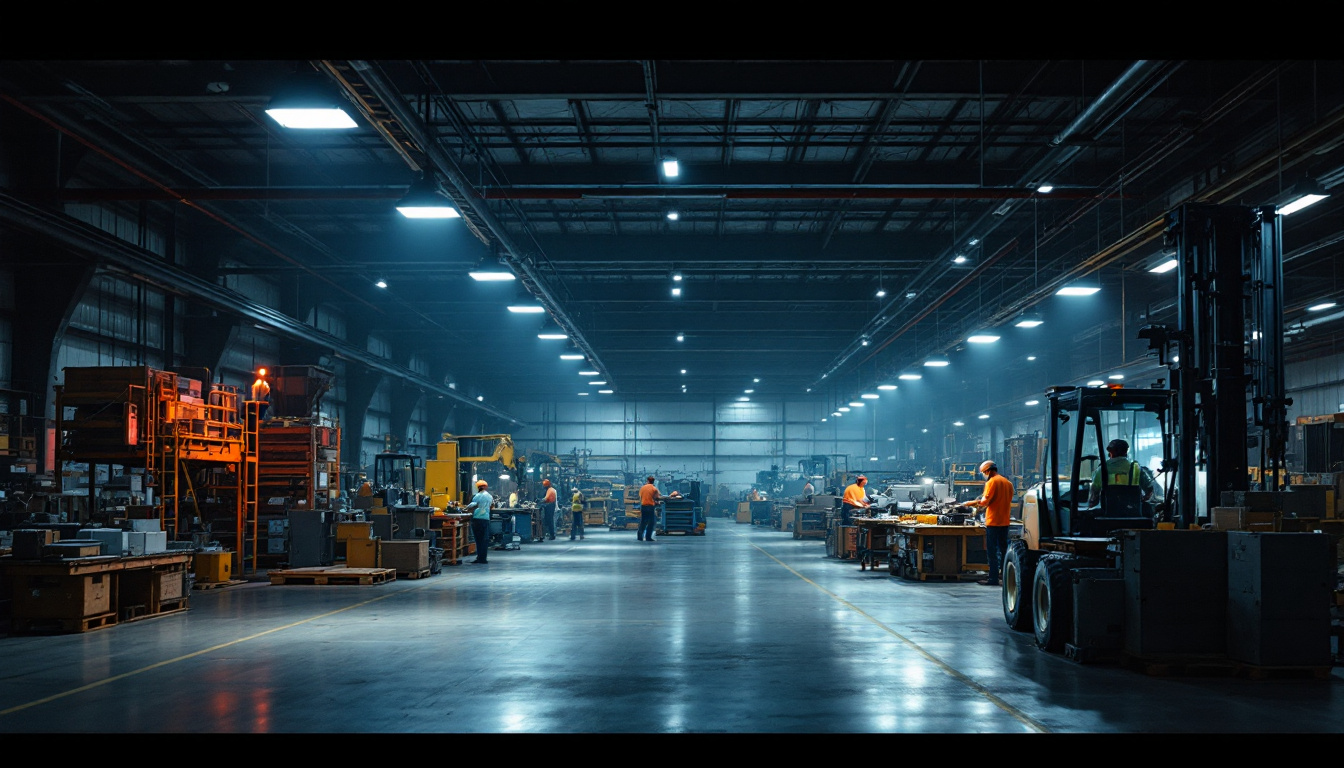
Discover how industrial LED high bay lighting can transform your business’s bottom line.
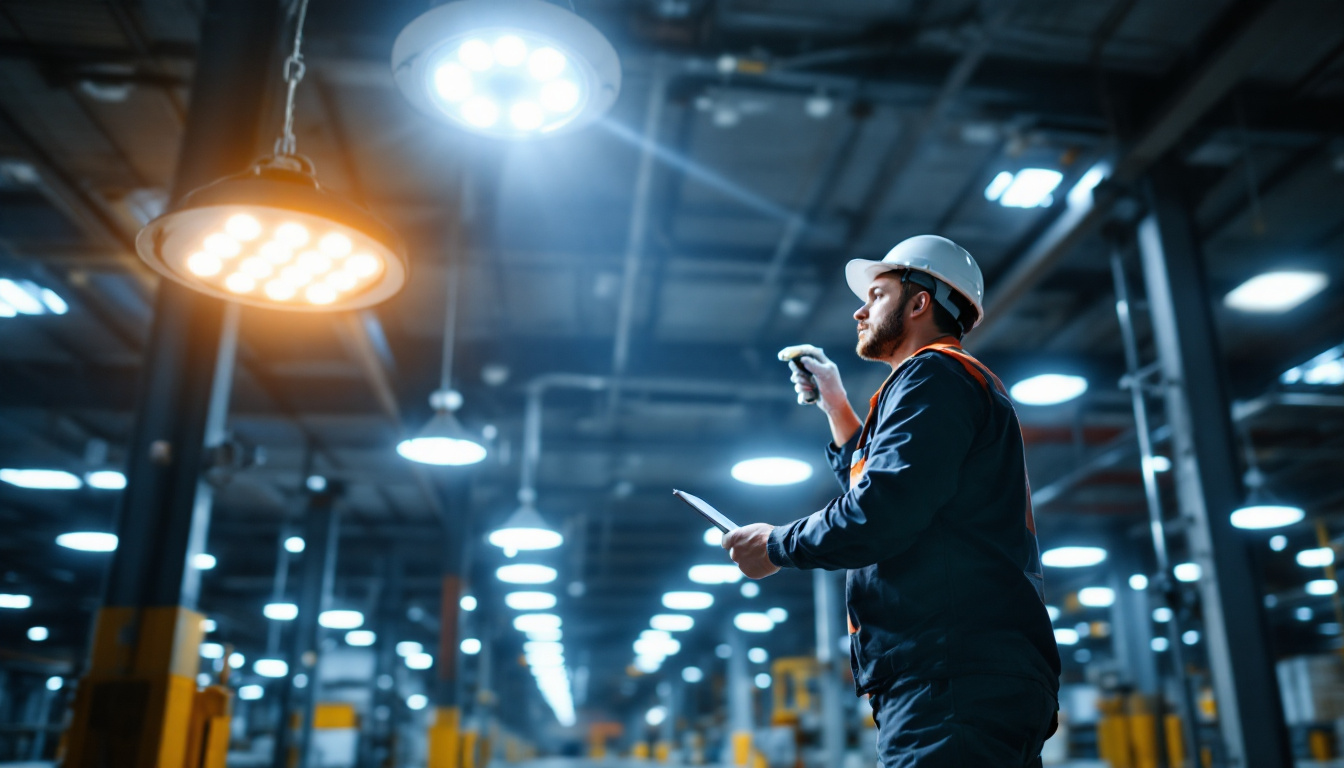
Discover the key factors that distinguish top lighting contractors when it comes to installing LED high bay lights with a 5000K color temperature.
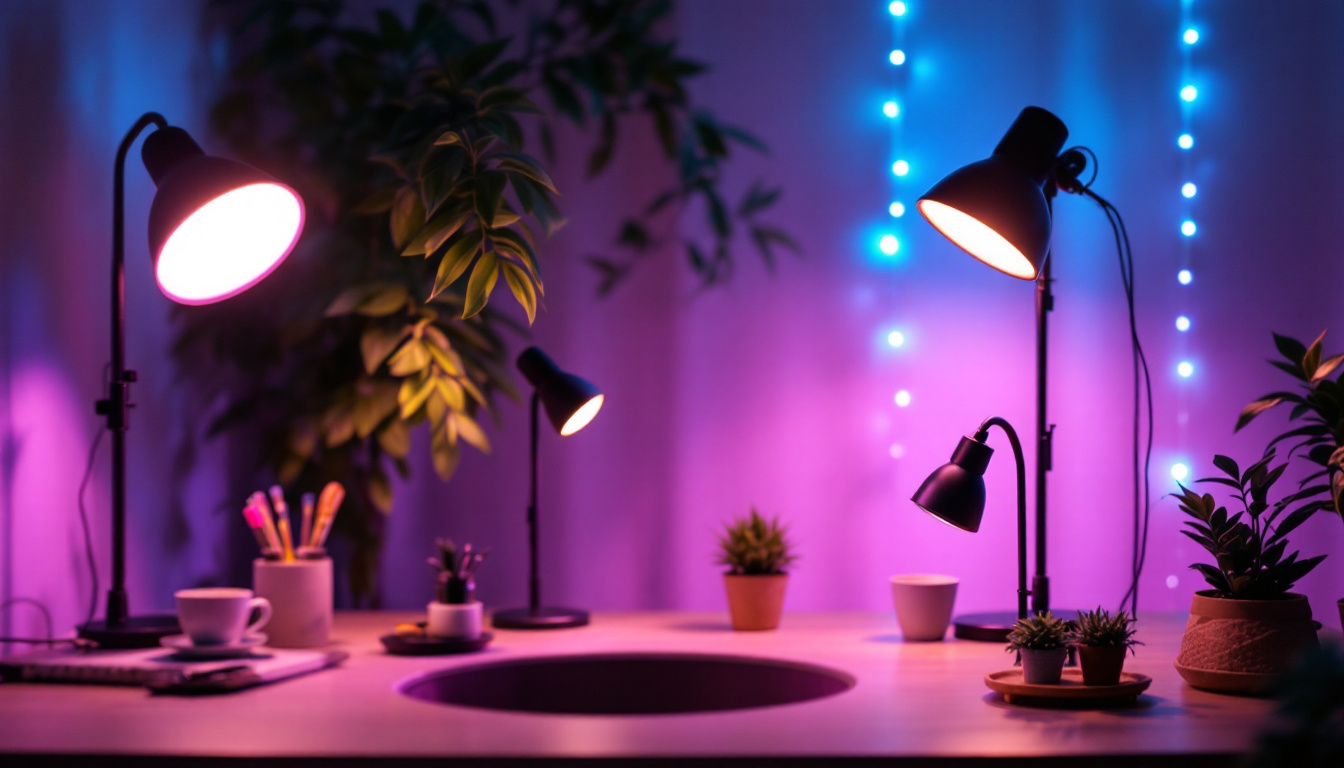
Discover how inexpensive LED lights can transform your lighting projects without breaking the bank.
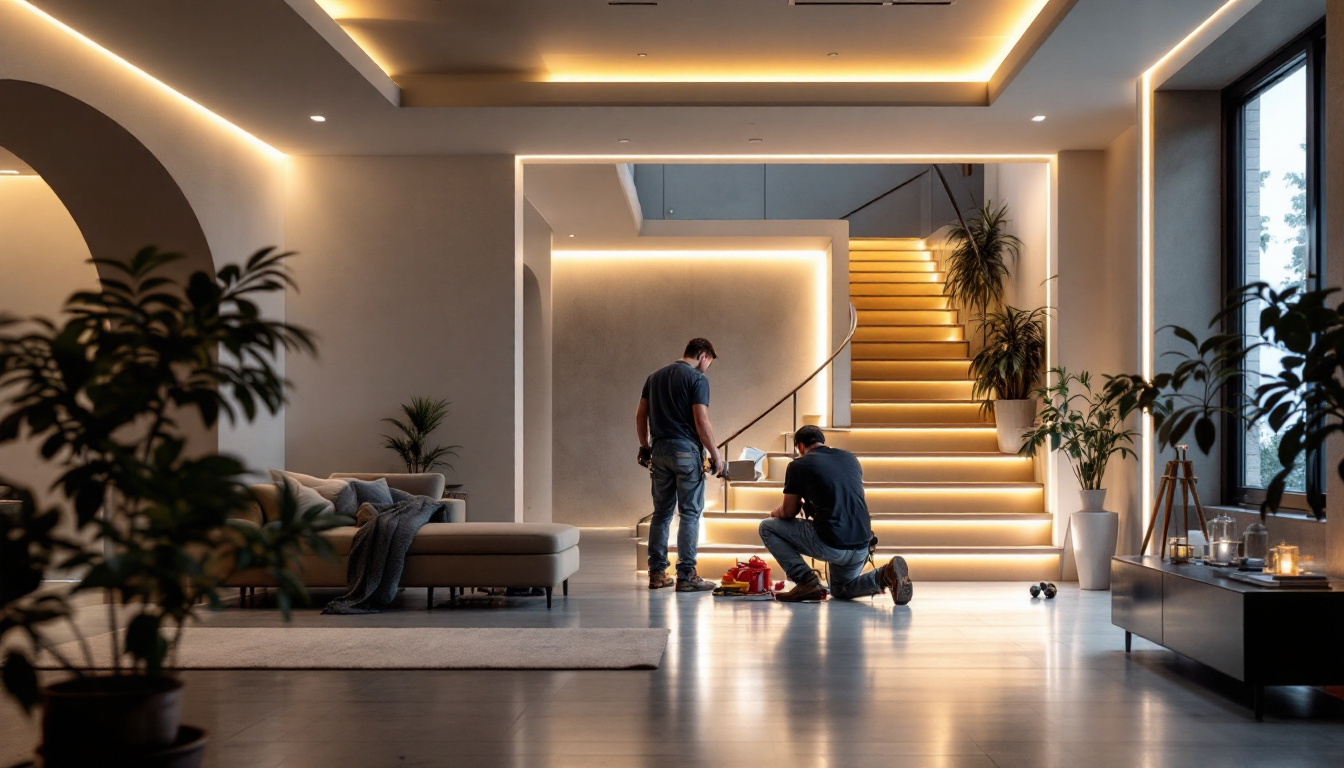
Discover essential insights into LED tape lights tailored for lighting contractors.
Get notified when NEW deals are released.
Optimize your budget with wholesale discounts.
Only top-quality, specification-grade lighting products.
No additional costs at checkout - what you see is what you pay.
We understand the unique needs of contractors.